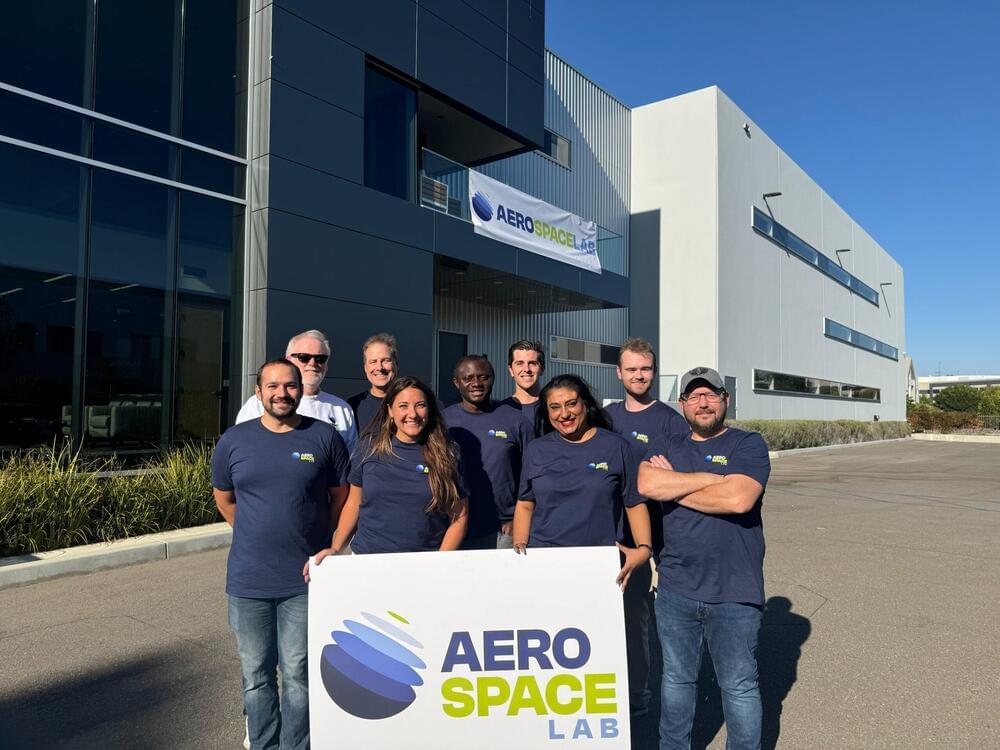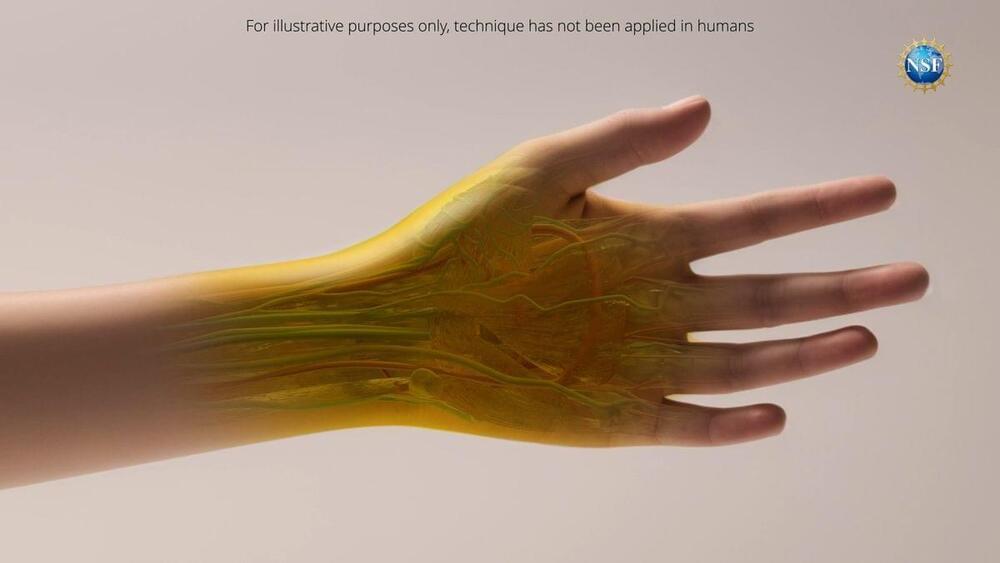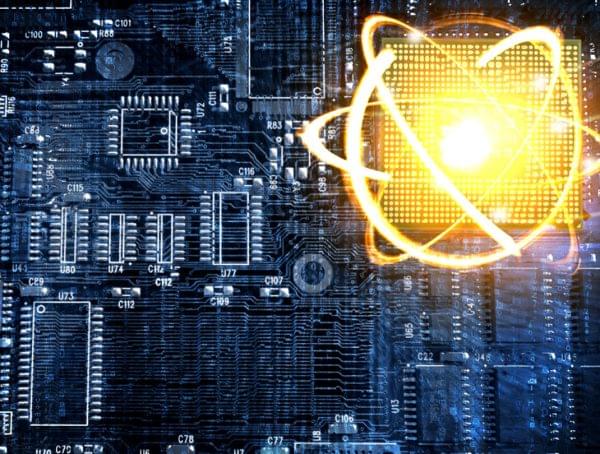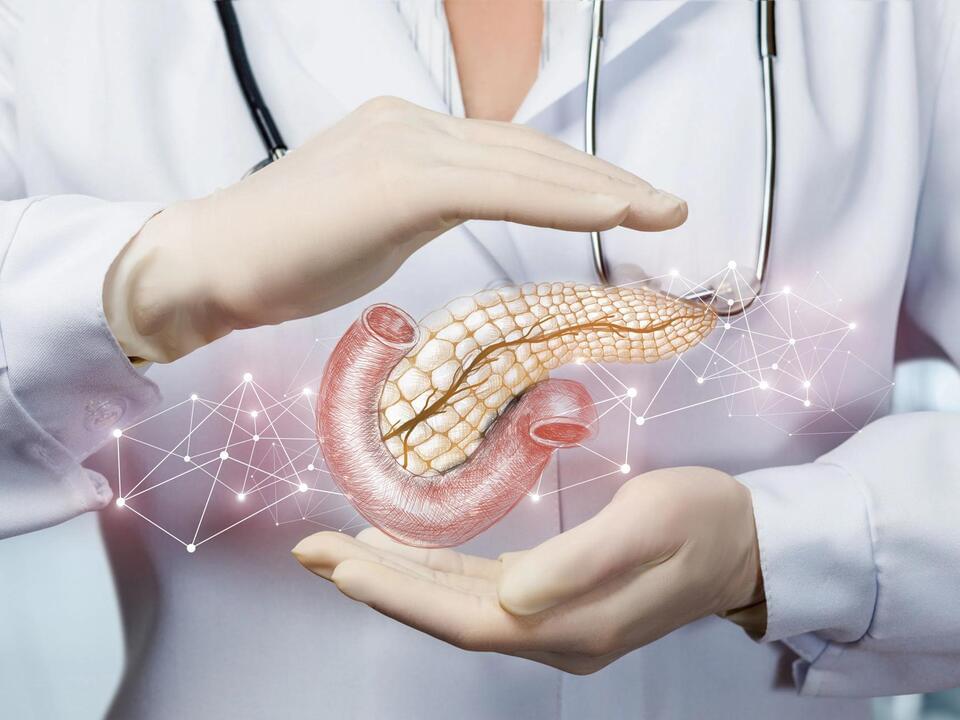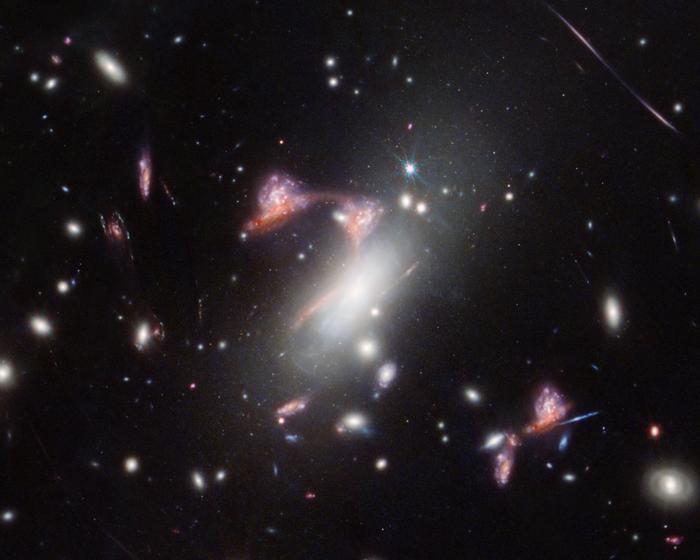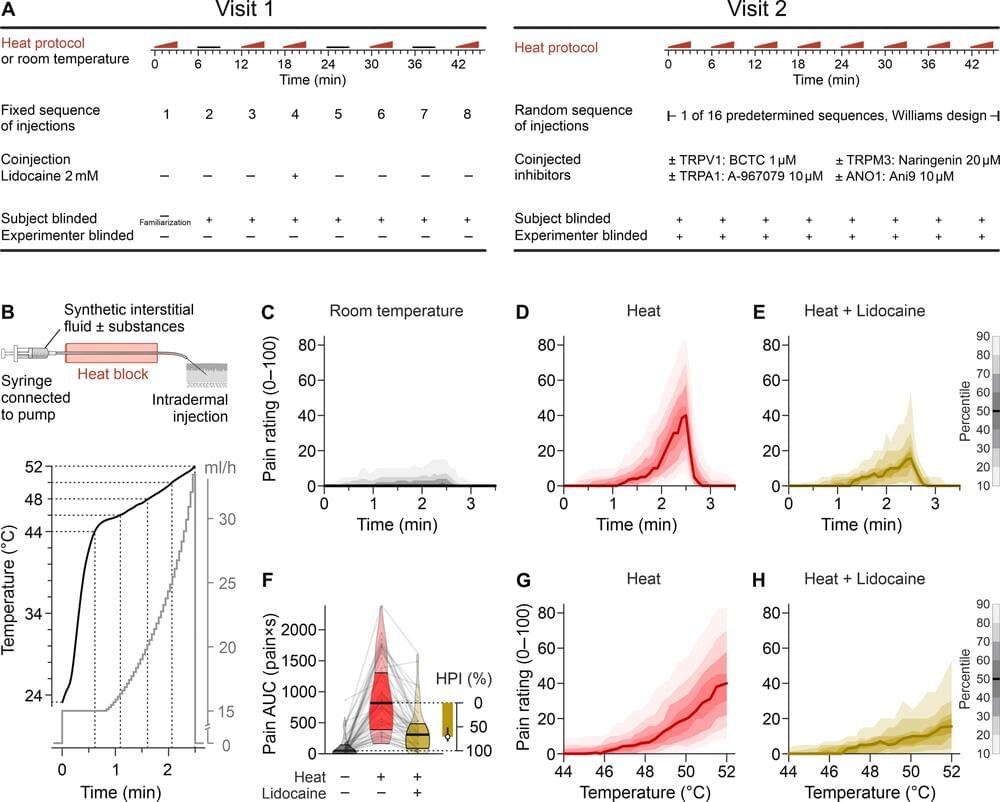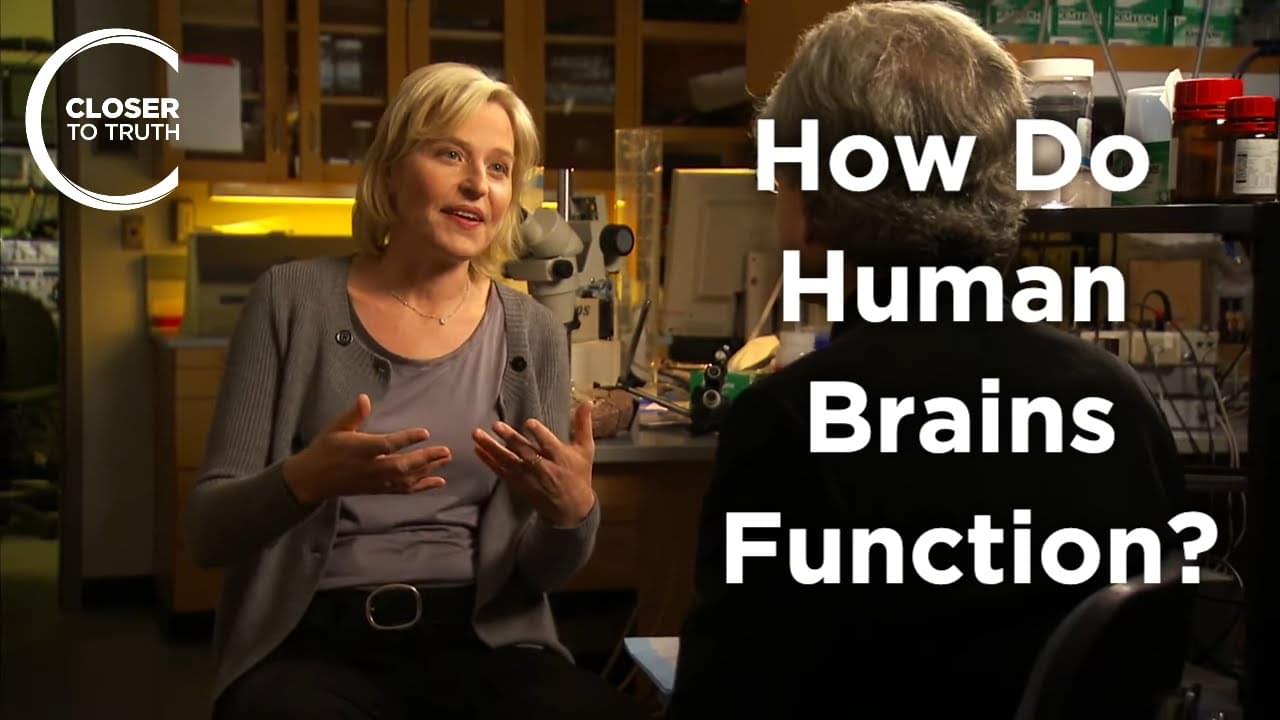Sep 5, 2024
Aerospacelab opens doors to first US satellite manufacturing facility
Posted by Genevieve Klien in categories: government, satellites
TAMPA, Fla. — European small satellite maker Aerospacelab announced the opening of its first manufacturing facility in the United States Sept. 5 amid efforts to break into the lucrative U.S. government market.
The company sees the potential for contracts that would enable the 3,300 square-meter facility in Torrance, California, to reach a capacity to produce an average of two satellites a week in a single shift.
“With Space Force recently announcing its plans for not only a commercialization strategy, but [also the Space Development Agency] signaling their desire to diversify their supply base, we see potential not only for U.S. commercial customers,” said Tina Ghataore, group chief strategy and revenue officer at Aerospacelab and its CEO for North America.
